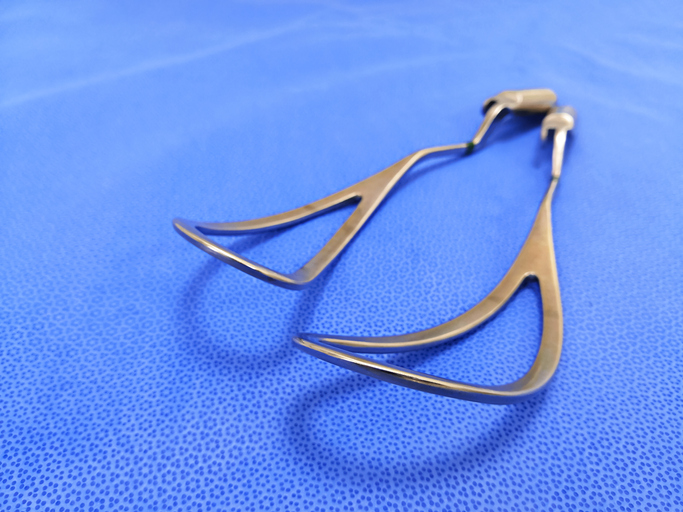Sometimes, births don't go according to plan.

An assisted delivery is when you give birth vaginally with the use of forceps or a vacuum. This is also referred to as an operative vaginal delivery. The choice of whether or not an assisted delivery is needed will be at the discretion of your obstetrician and their own skill or preference. A midwife, unless she is an advanced midwife, will not do an assisted delivery.
If you are having a midwife-led delivery and it appears you may require an assisted birth, your back-up doctor will be summoned.
Also Read: WATCH: This woman was in labour for five days
There are various types of assisted deliveries. We explain the most common ones:
Vacuum assisted delivery
A vacuum delivery is when a suction cup attached to a handle is placed over the occiput or crown of the baby’s head. Creating a suction, the obstetrician then uses gentle, controlled traction to pull the baby’s head while the mother pushes with a contraction.
Forceps assisted delivery
Forceps look like large spoons or salad servers. They are inserted into your vagina and clasped around the baby’s head. Gentle traction is then used to guide the baby out while you push.
What exactly is a Kiwi?
A Kiwi device is a complete vacuum delivery system. It’s often the chosen method of a vacuum assisted delivery for many doctors. It has a small round disk with a sponge that is used, much like the vacuum.
Also Read: What are the different stages of labour and what to do after the contractions start
Reasons you may need an assisted delivery
- Your baby may be in distress
- You may have been pushing for an extended period and the baby is not progressing down the birth canal
- You may be exhausted
- You may not be able to push effectively if you’ve had an epidural
- You may have a medical condition that puts you at risk if you push for a prolonged time.
What are the risks involved in an assisted delivery?
The benefits involved in an assisted delivery far outweigh the risks. If your baby is in distress or you’re unable to push effectively because of exhaustion or positioning, then the baby (and you) will need assistance. There is a low risk that the device can cause bruising and swelling to your baby’s head and face. If used incorrectly, the baby can sustain trauma to the head.
Is my recovery worse after an assisted delivery?
You may require an episiotomy if an assisted delivery is performed. This will mean that you will experience some pain and discomfort in the perineal area post-delivery. This will require stitches. Ice compressions and analgesia (pain killers) will help to keep you more comfortable.
Pippa is a Registered Professional Nurse and trained as a Registered Midwife at Chris Hani Baragwanth Hospital. She has extensive experience in all things baby related with a special interest in preparing couples for the exciting journey of parenthood as well as supporting them in the weeks that follow the birth. She and her husband Richard are the proud parents of Becca age 6 and Tom age 4. Pippa has a comprehensive private clinic service that includes Childbirth Education classes, a Well Baby Clinic including Immunization as well as Post Natal and Lactation support. With over 5 years of running a private clinic facility and raising 2 children Pippa comes with a wealth of knowledge and first-hand experience of parenthood. Learn more about Pippa Hime
For more news your way, download The Citizen’s app for iOS and Android.








